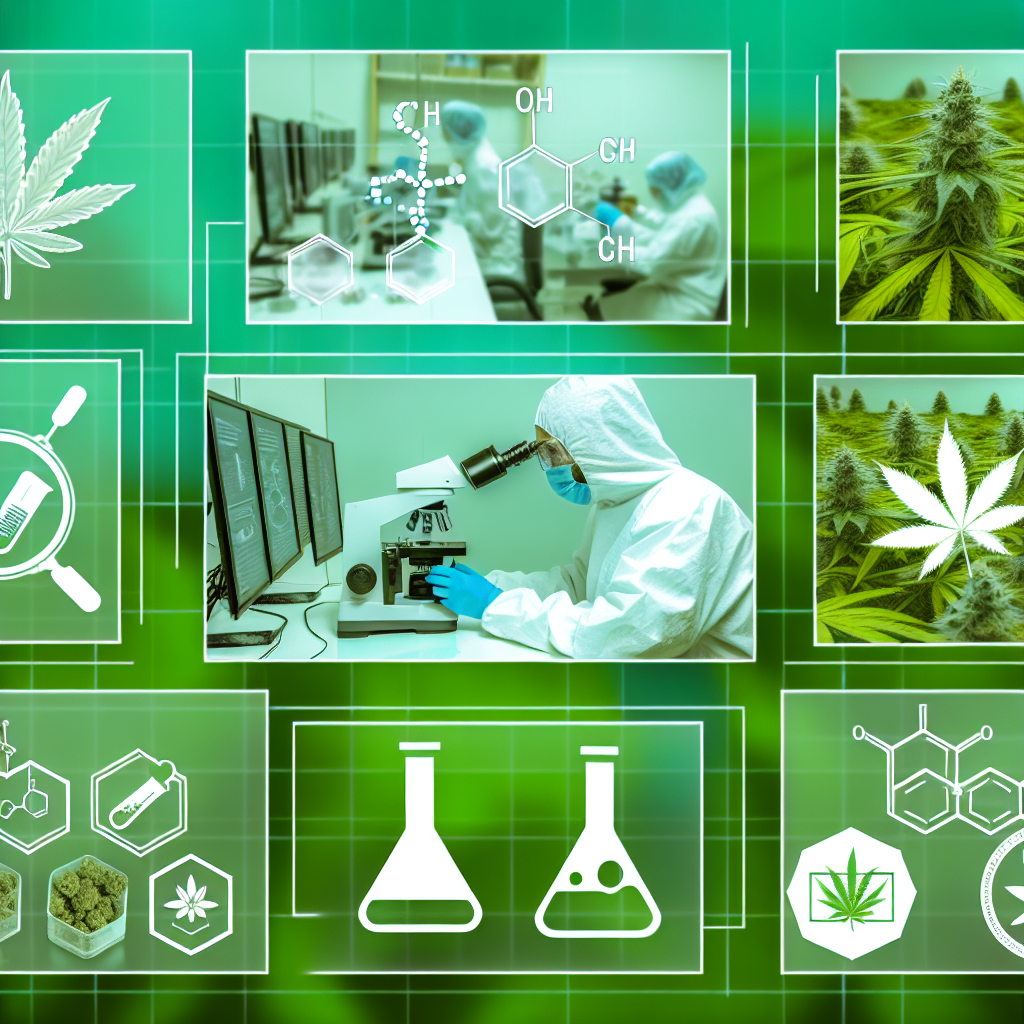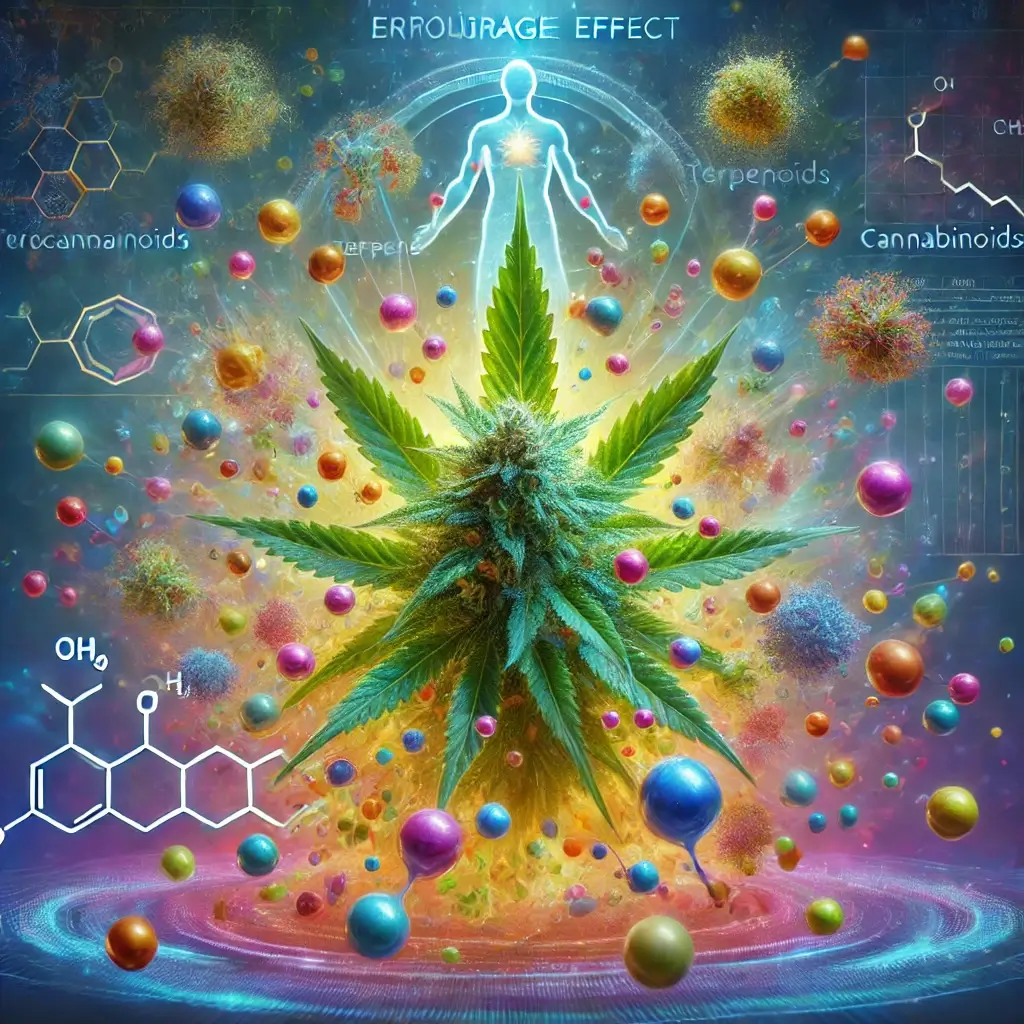Cannabis Quality Control: Industry Standards
Why Cannabis Quality Control Is More Important Than Ever
Cannabis quality control is a critical aspect of the booming marijuana industry, ensuring that both medical and recreational products meet safety, potency, and purity standards. As cannabis legalization expands worldwide, regulatory bodies are implementing strict guidelines to protect consumers from contaminants, inconsistencies, and mislabeled potency levels. Whether patients rely on cannabis for therapeutic relief or consumers seek safe recreational use, the integrity of marijuana products is paramount.
Unlike traditional pharmaceuticals, cannabis has had a historically fragmented regulatory framework. With inconsistent laws across different states and countries, product quality can vary significantly, leading to potential health risks. Pesticides, heavy metals, microbial contamination, and inaccurate THC and CBD content labeling remain ongoing concerns. These inconsistencies underscore the need for rigorous cannabis testing and quality assurance protocols to build trust in the industry and ensure public safety.
Quality control in the cannabis industry involves several key measures, including lab testing, standardized growing practices, and manufacturing precision. Laboratories assess cannabinoid content, terpene profiles, residual solvents, contaminants, and microbial pathogens. Cultivators and manufacturers must adhere to Good Manufacturing Practices (GMP) and comply with third-party testing to confirm safety and effectiveness.
Moreover, technological advancements play a crucial role in refining cannabis quality control. Blockchain technology, for example, is being used for product tracking and transparency, while artificial intelligence aids in detecting plant health issues before harvest. Industry watchdogs and regulatory agencies like the FDA (in medical marijuana programs), Health Canada, and the European Medicines Agency are also stepping up efforts to regulate cannabis products under pharmaceutical-grade standards.
For cannabis professionals, maintaining high industry standards is not just about compliance—it’s about establishing credibility and long-term success. Consumers, on the other hand, must be informed about product labeling, reputable dispensary sourcing, and third-party lab results to make safe purchasing decisions. With the industry still evolving, reinforcing stringent quality control measures is vital to ensuring cannabis remains a safe and accessible product for all.
Scientific Studies Reveal Industry Challenges
Scientific studies highlight the necessity of stringent cannabis quality control measures. One notable study published in Nature examined the contamination of medical cannabis and found that a significant portion of products contained pesticides, heavy metals, and microbial impurities beyond allowable limits ([Nature](https://www.nature.com/articles/s41598-019-56800-5)). These contaminants can pose serious health risks, particularly for immunocompromised medical patients.
According to the Journal of Toxicological Sciences, improperly cured or stored cannabis can develop mold and mycotoxins, which can cause respiratory infections or allergic reactions in users ([Journal of Toxicological Sciences](https://jts.sljol.info/articles/abstract/10.1186/s40981-020-00297-0/)). This emphasizes the necessity for controlled drying, curing, and storage processes in regulated cannabis markets.
A study published in the Journal of Analytical Toxicology found that a significant number of cannabis edibles contain inaccurate cannabinoid labeling, sometimes exceeding or falling short of THC content stated on the packaging ([Journal of Analytical Toxicology](https://academic.oup.com/jat/article/42/7/554/5092445)). Consumers relying on accurate dosage for medical or recreational use may face unintended side effects if potency standards are not properly enforced.
How Industry Regulations and Technology Are Improving Cannabis Safety
To combat these discrepancies, regulatory bodies require cannabis producers to follow stringent quality assurance protocols. Good Manufacturing Practices (GMP), for instance, ensure that cultivation and extraction methods meet pharmaceutical-grade standards. In conjunction with these regulations, third-party laboratory testing and Certificates of Analysis (COAs) provide transparency for both consumers and businesses, detailing the cannabinoid content, terpene profiles, and potential contaminants in each product batch.
Technological advancements also play a role in setting industry standards. High-performance liquid chromatography (HPLC) and gas chromatography-mass spectrometry (GC-MS) are widely employed in cannabis testing laboratories to assess cannabinoid potency and residual solvents. Additionally, DNA sequencing techniques are being explored to identify strain authenticity and microbial contamination detection.
Overall, the demand for stringent quality control is not only a consumer-driven issue but also a public health concern. As more research emerges on the consequences of contaminants and inaccurate labeling, regulatory agencies are tightening their enforcement measures. The combination of scientific scrutiny, improved cannabis testing methodologies, and stricter regulations ensures that industry professionals remain accountable, reinforcing public confidence in cannabis as a safe and reliable product.
The Future of Cannabis Quality Control: What Lies Ahead?
Cannabis quality control is an essential component of ensuring consumer safety and trust within the industry. As studies continue to highlight issues such as contamination and inaccurate labeling, regulatory agencies, testing laboratories, and cannabis producers must implement rigorous standards. With evolving regulations and technological advancements, the industry is moving towards a more standardized and transparent framework.
For both consumers and businesses, understanding these quality control measures is key to making informed decisions and supporting the continued growth of a safe and reputable cannabis market. As the cannabis industry matures, ongoing collaboration between producers, scientists, and regulatory entities will be crucial to maintaining quality and ensuring that marijuana remains safe, accessible, and effective.
Summary: The article highlights the critical importance of cannabis quality control as the industry continues to expand globally. It discusses the challenges posed by inconsistent regulations, contaminants, and inaccurate labeling, and how industry standards, technological advancements, and strict regulatory measures are working to address these issues and ensure the safety and reliability of cannabis products for both medical and recreational use.
References:
– [Nature](https://www.nature.com/articles/s41598-019-56800-5)
– [Journal of Toxicological Sciences](https://jts.sljol.info/articles/abstract/10.1186/s40981-020-00297-0/)
– [Journal of Analytical Toxicology](https://academic.oup.com/jat/article/42/7/554/5092445)




